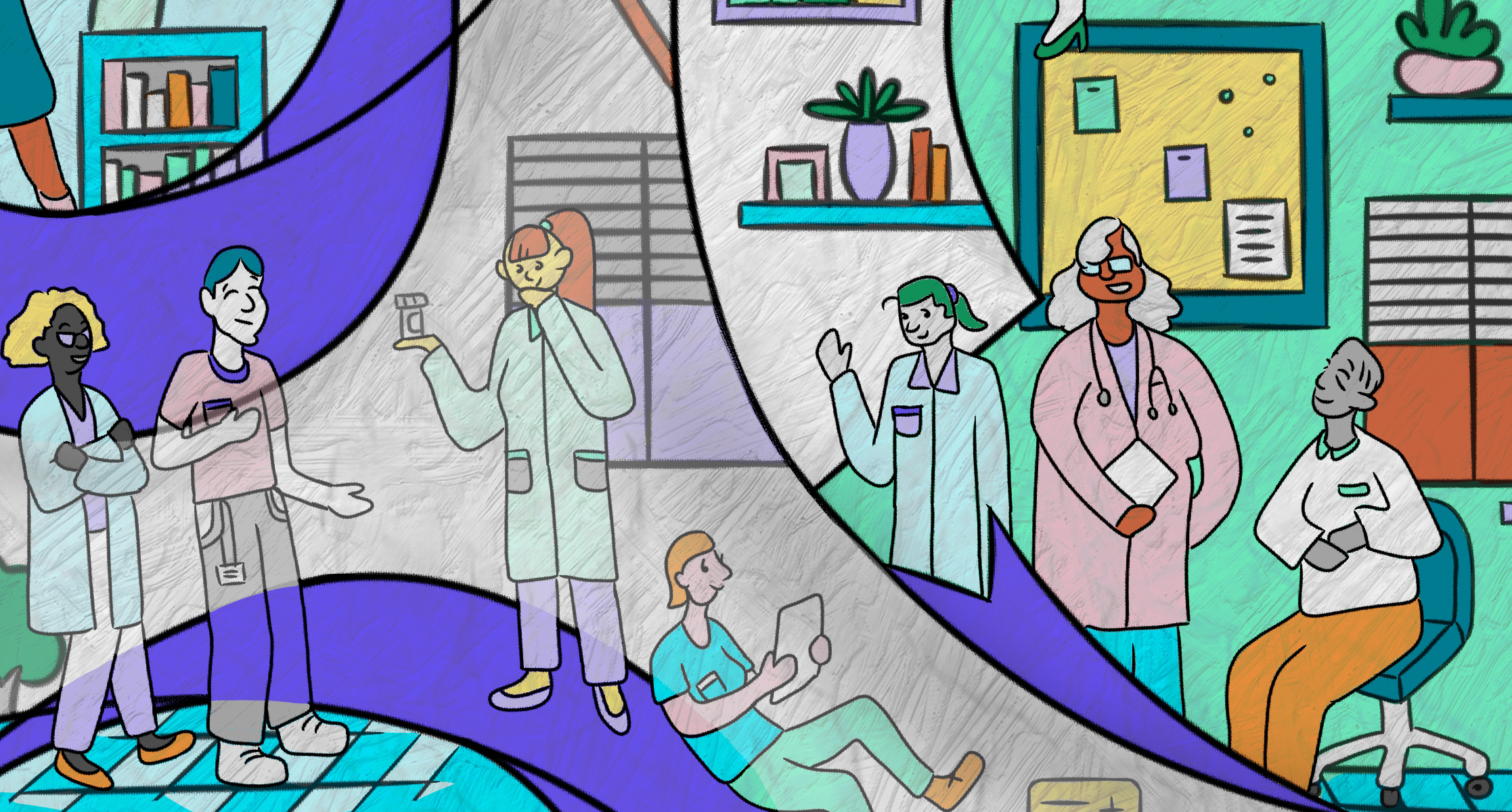Blog post for Healthy Debate by Dr. Tara Kiran
he pandemic has changed much of the way we live – including the way we deliver family doctor care.
When COVID-19 case counts were high, we avoided asking people to come see us in-person where possible. Instead, we pivoted to virtual care – namely care delivered by phone or video. Reducing in-person care had many COVID-19 benefits. Patients and staff were less likely to be inadvertently exposed to someone who was positive, we could better maintain physical distancing in cramped waiting rooms, and we could preserve personal protective equipment that was expensive and hard to get early in the pandemic.
Of course, there were non-COVID benefits, too. Many patients liked the convenience and appreciated not having to take time off work, arrange for childcare, commute or pay for parking or transportation.
Our research has shown that, in the first few months of the pandemic, the use of virtual care sky-rocketed, increasing 56-fold. The total number of family doctor visits fell when the pandemic was declared. But by fall of 2020, visit volumes were back up to pre-pandemic levels – only now a large portion was virtual. The amount of care delivered virtually has fluctuated throughout the pandemic with more care delivered virtually when COVID-19 case counts were high. As of this past March, about 46 per cent of all family doctor visits were virtual.

